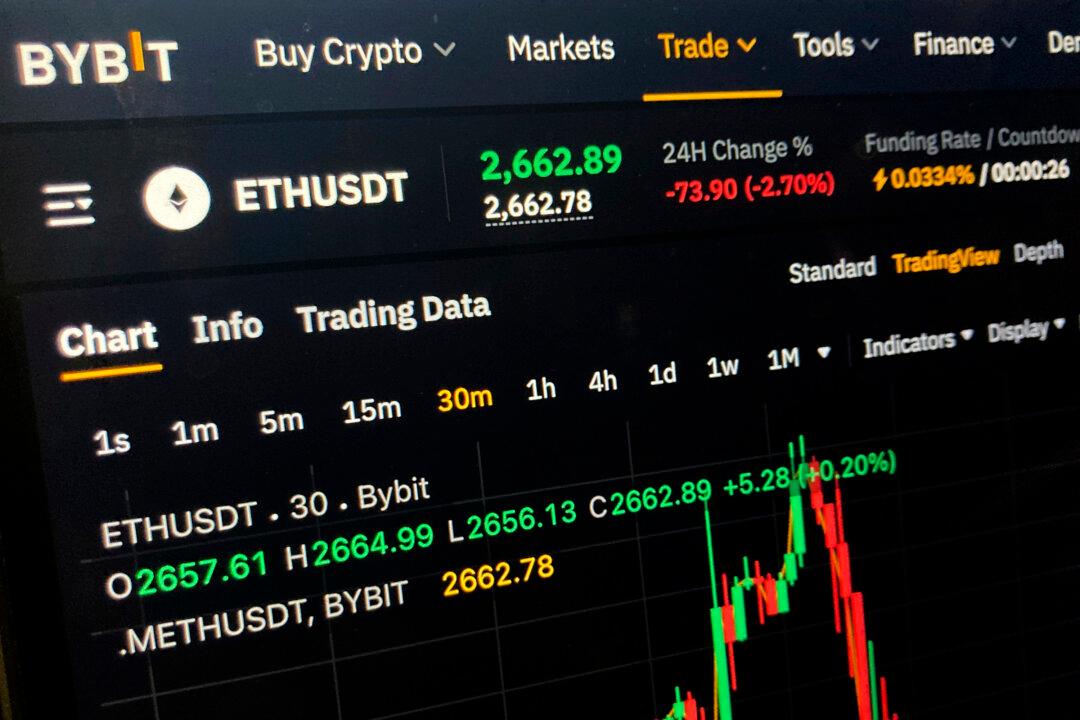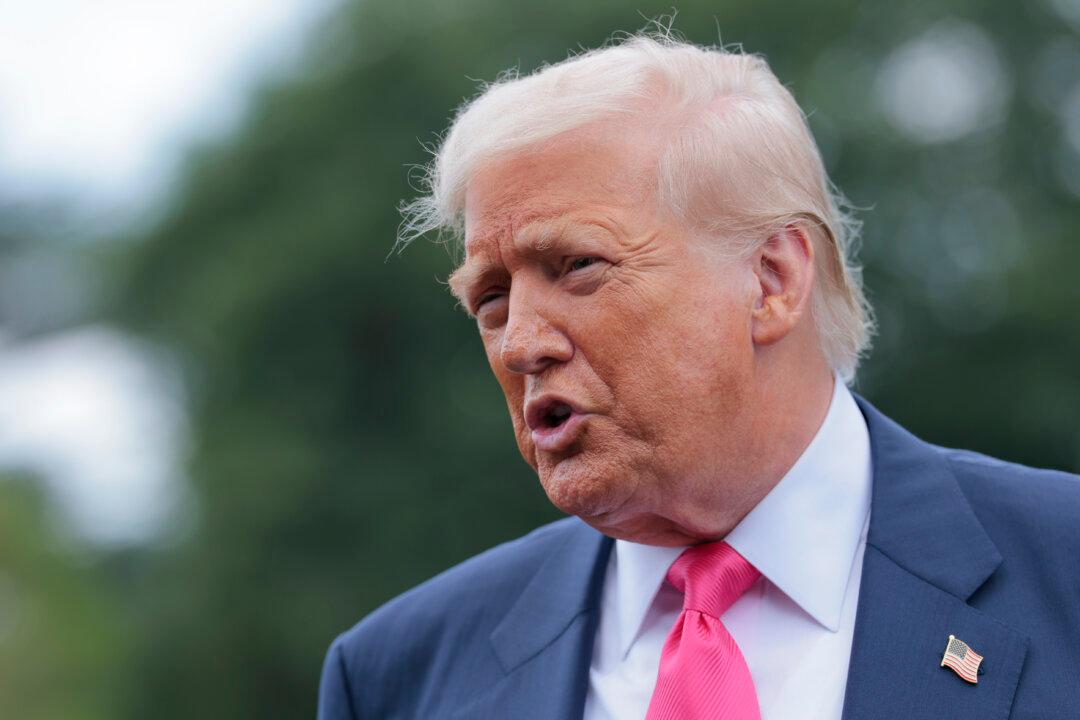Crypto investors suffered massive financial losses in Q1 of 2025, with a major exchange breach accounting for most of the loss, according to a report by blockchain security company CertiK.
The global cryptocurrency market was worth about $2.87 trillion as of April 2. The $1.67 billion in losses represent almost 0.06 percent of the market.
The vast majority of Q1 losses, amounting to $1.45 billion, were the result of a single “catastrophic event”—the Bybit exploit.
“The fallout from Bybit’s breach has since sent shockwaves throughout the industry, raising urgent questions about security measures at centralized exchanges, with many regulators and security firms calling for stronger protective measures,” the report reads.
According to the report, only 0.38 percent of stolen funds were returned this quarter, which is far less than the 42.09 percent in the previous quarter. In February, no stolen funds were returned.
The most targeted blockchain for exploits was Ethereum, which suffered $1.54 billion in losses during the first quarter across 98 security incidents.
“[The blockchain’s] dominance in decentralized finance (DeFi) and smart contract activity makes it a lucrative target, with billions of dollars locked in protocols vulnerable to contract exploits and permission mismanagement,” the report reads.
CertiK stated that advancements in security are now struggling to keep pace with sophisticated attacks, with hackers making use of a variety of tools such as artificial intelligence, social engineering, and contract manipulation to “bypass even the most robust defenses.”
As crypto adoption rises, the company expects that the “amount stolen will continue to rise” as well.
“The coming quarters will be a critical test of the industry’s resilience,” the report reads.
CertiK stated that the first quarter saw “notable regulatory and strategic developments” such as the United States deciding to form a strategic cryptocurrency reserve and the Securities and Exchange Commission (SEC) launching a crypto task force.
A Crypto Stockpile
Plans to create a U.S. crypto reserve have been put in place by the Trump administration.“I will make sure the U.S. is the Crypto Capital of the World. We are MAKING AMERICA GREAT AGAIN!” Trump wrote.
So far, the SEC has mostly relied on enforcement actions for regulating crypto assets, using untested and novel legal interpretations to get the job done, it stated.
“[However,] clarity regarding who must register, and practical solutions for those seeking to register, have been elusive. The result has been confusion about what is legal, which creates an environment hostile to innovation and conducive to fraud,” the SEC announcement reads.
The task force aims to resolve the issue by charting out a “clear and comprehensive” regulatory path for crypto assets.







